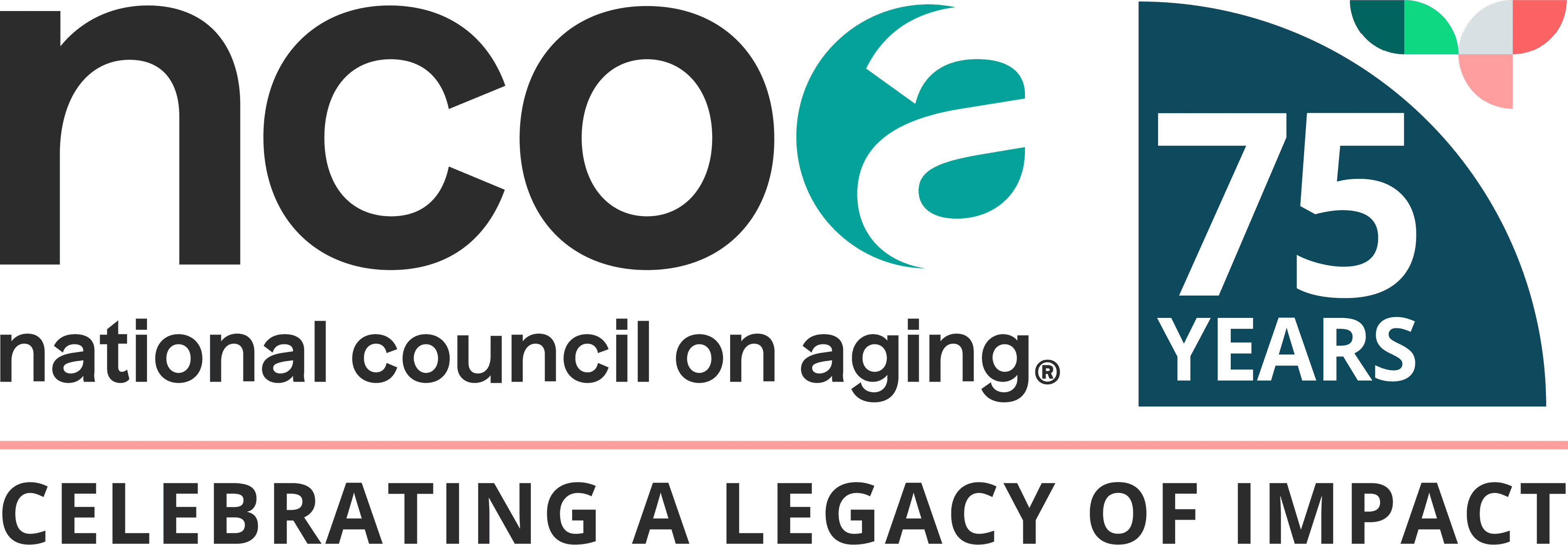
Are you wondering whether you’ll have enough money to cover your cash flow needs when you’re retired? Your concerns aren’t unfounded. Many older adults mistakenly assume their retirement savings will last as long as they do—or that Social Security will take care of all their expenses (see more common myths about retirement).
But in reality, your expenses in retirement may increase due to factors like inflation, higher health care costs, and fewer tax breaks. That’s why it’s vital to set up your retirement portfolio in a way that ensures you’ll have enough liquidity to fund your living expenses now, and years down the road.
What is liquidity?
Liquidity refers to how easily an asset can be converted into cash without affecting its market value, with cash being the most liquid of all assets. For pre-retirees, liquidity is a significant concern. This is especially true when retirees are advised to focus on long-term investments so they don’t run out of money over an extended lifetime (i.e., longevity).
There are several potential solutions to this dilemma. One such solution is called the bucket portfolio. Below is an overview of how this approach might address your concerns about having enough liquidity.
How does a bucket portfolio work?
Divide your retirement portfolio into three buckets. The first bucket is used to fund day-to-day living expenses. The third bucket is used to fund longevity. The middle bucket is the go-between or transfer place to refill bucket number #1 as it is depleted. Let’s look more closely at the three buckets:
- Bucket #1: Cash flow
- Bucket #2: Transfer
- Bucket #3: Longevity
The first bucket holds income-producing assets. These could include CDs, money market funds, US treasuries, pension, fixed annuity, and Social Security funds—things that will not decrease in value and are readily accessible when needed.
You won’t earn much money in this bucket but that’s not its purpose. It’s to provide money to live. By placing an amount that will cover about two years of expenses in this bucket you won’t have to be concerned if the economy or investment markets take a dip. No worries, you’ll be covered.
What about longevity? That’s where bucket #3 comes in. Bucket #3 can hold stocks, high-yield bonds, real estate, and other higher-return assets. These are long-term investments targeted to help keep you from running out of money as the years pass. Consider this bucket as holding assets you won’t need for at least seven, up to 25-35 years.
Bucket #2 should hold from two to seven years’ worth of funding. In this bucket you will need to factor inflation along with some level of conservative investment return. Investments in the middle bucket should be limited to investment-grade bonds (intermediate term), senior and junior notes, preferred stock, high-grade blue-chip (dividend-paying) stocks and perhaps high-quality real estate investment trusts (REITs). These are options that generally produce income and dividends, are considered reasonably conservative and fairly liquid/marketable.
As you spend money from Bucket #1 each year, assets can be liquidated from Bucket #2 and moved to refill Bucket #1. A corresponding amount can be moved from Bucket #3 to Bucket #2. Assets in the second and third buckets will continue growing to help you address the danger of running out of funds. This assumes that you have built a retirement savings cushion or safety net for emergencies, extra medical expenses and other financial surprises. It also assumes you have accumulated a large enough retirement cash flow portfolio, and you maintain reasonable spending habits.
Increased longevity provides more opportunity for retirees to run out of money. The solution to providing adequate cash flow and protecting against running out of money is either to accumulate very large sums or to keep as large a portion of accumulated assets as possible invested, while gradually liquidating amounts needed to provide current cash flow. The longer-term investments can help offset purchasing power problems related to increased longevity.
Don’t hesitate to seek retirement planning help
What’s another myth about planning for retirement? It’s the assumption that you don’t need any guidance. It can be tempting to take on this task by yourself—but know that retirement finances can be complex. Ensuring your financial security later on requires careful consideration and ongoing adjustment, which is where expert advice can come in handy. In Nationwide's Peak Retirement Survey, 86% of participants said working with a financial advisor on their retirement plan improved their readiness for retirement.1
"Having someone who’s knowledgeable about financial planning is definitely important,” advises Kristi Martin Rodriguez, Senior Vice President, Nationwide Retirement Institute. “That’s where a certified financial professional can help you develop a plan that’s tailored to meet your long-term retirement and savings goals.”
Sources
1. Nationwide Peak Retirement Survey Report (PPT). December 2023.



